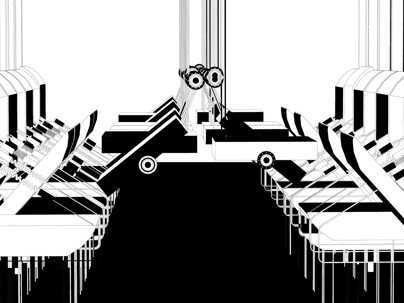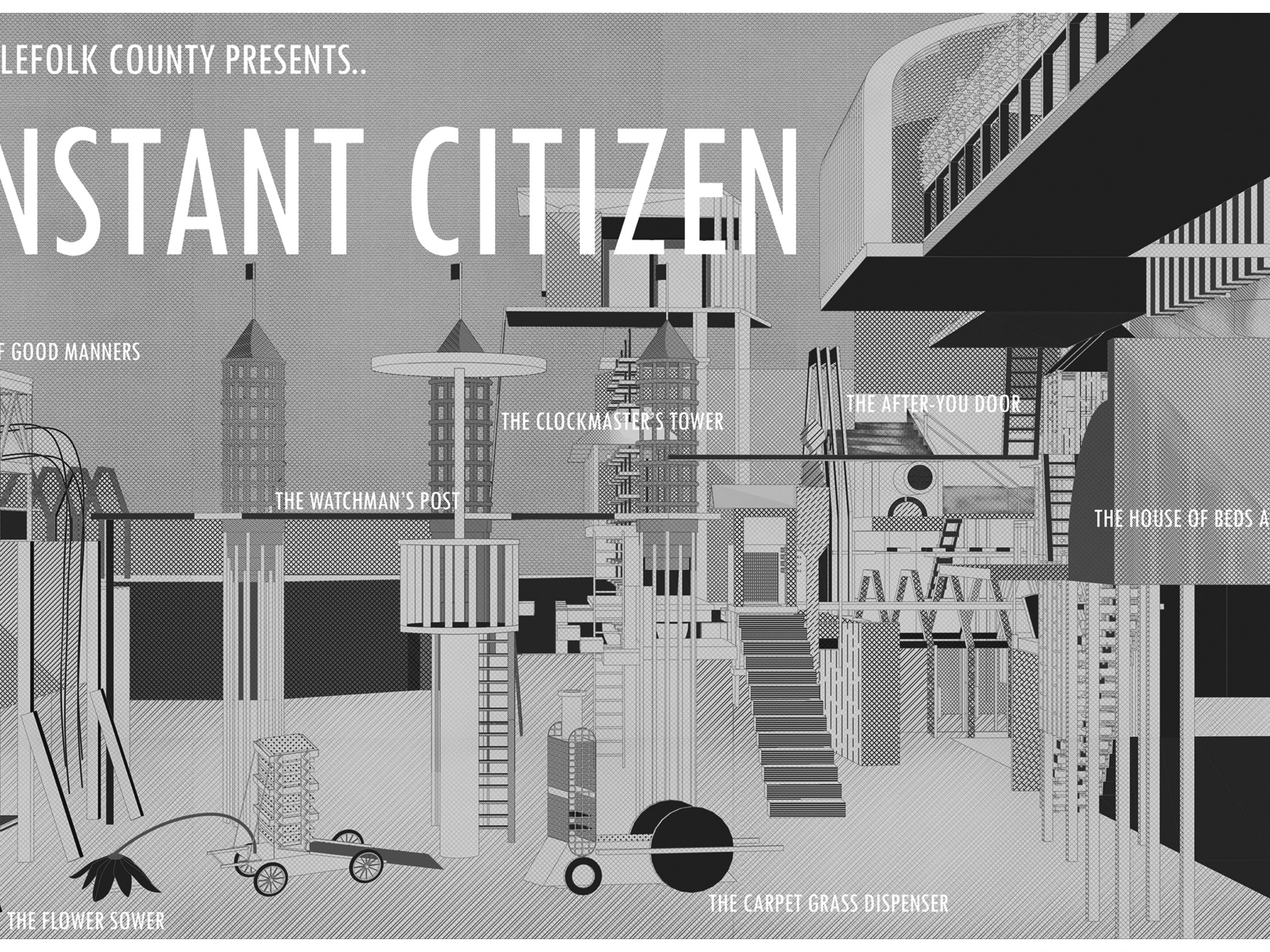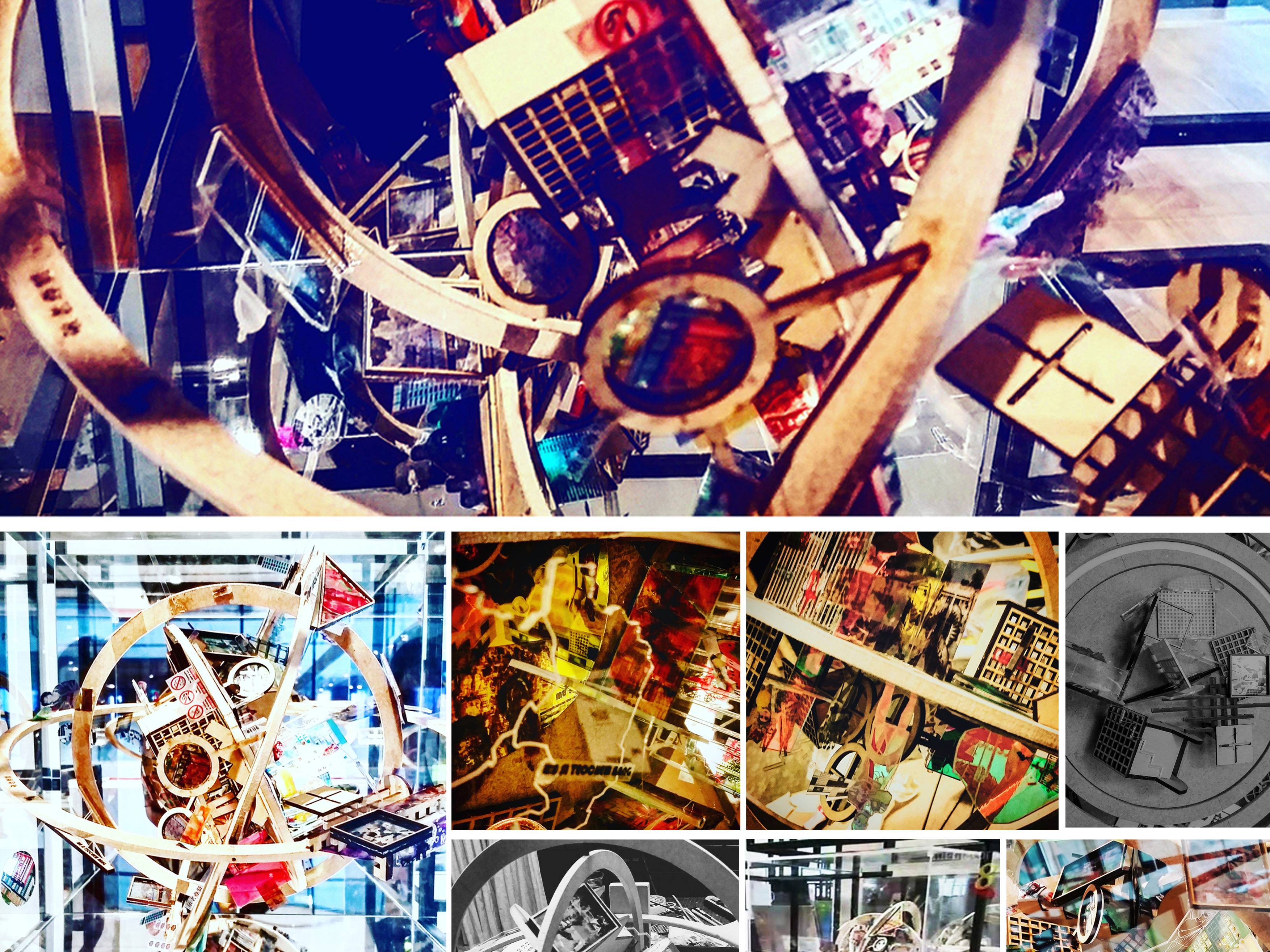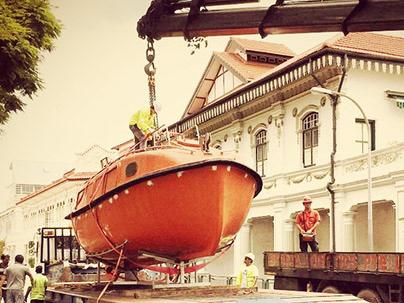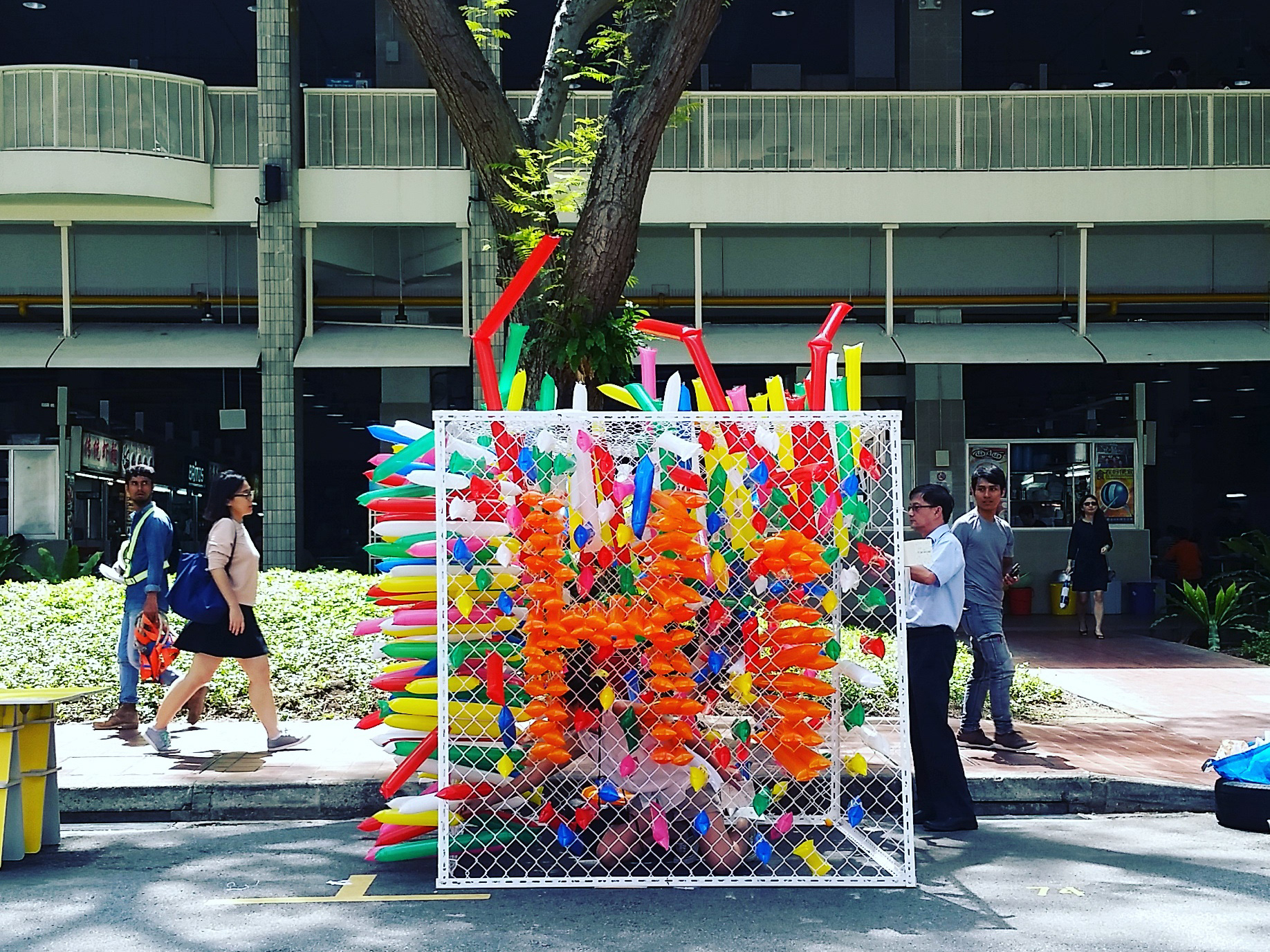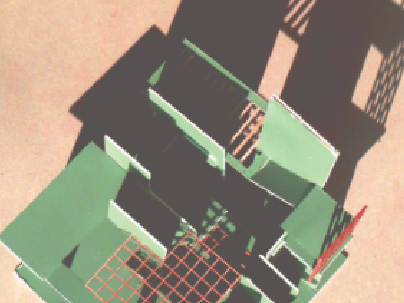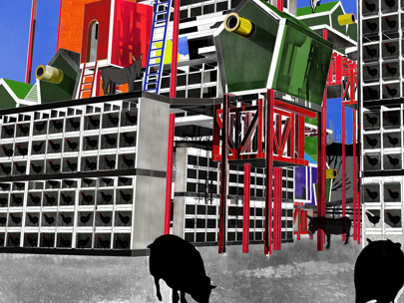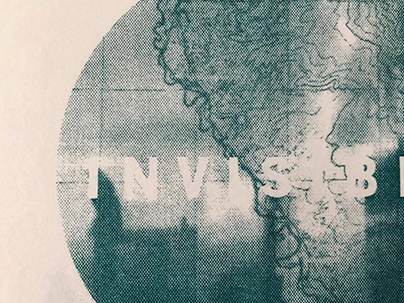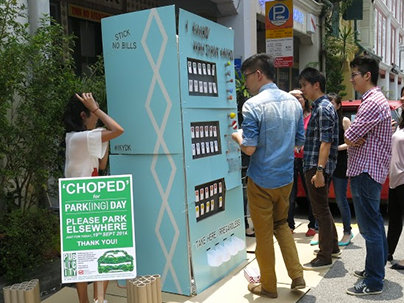In 2006, the Turkish Government released plans to renew the Tarlabasi neighborhood and demolish the existing buildings through the Tarlabasi Yenileniyor project. The plan was to relocate migrant communities to the periphery of the city and bring in new commercial investments. Despite the rising resentment, evictions soon began and the power supply was cut off in a number of areas to force the residents and those who illegally tapped into the municipal power grid out of the city.
The Lost and Found Power station is a monument to the faceless migrant worker community whose very hands built the city but remain excluded from it.
Programmatically, the building functions as a community house, where the private functions of everyday domestic activities are extracted and played out on a much larger public scale. A hybrid of domestic functionality coupled with an industrial typology, energy is generated through a series of ‘energy devices’ invented by the activist architect as well as by the occupant’s daily activities which forms a closed loop energy cycle.
Expanding on the traditional lifestyles of the migrant class, the existing rearing of animals within the neighborhood is encouraged through the scheme. A total of 300 chickens and 30 goats reside within the power station full-time.The animals form a crucial part of the energy strategy, functioning not merely as a source of food but as insulation for the power station. The spatial configuration of the scheme takes into consideration the needs and habits of its 3 unique user groups but with particular attention to facilitating the use of animals as natural insulation and heat radiators. ( a power conservation strategy*).
The full-time animal residents and their various traits and habits inform the design of the building, The human occupants occupies the zones between the animal living spaces,there by benefitting from a dynamic and adaptable external ‘envelope’ which caters to the fluctuating seasonal temperature variations.
It is projected that the power station could eventually be replicated within the different gated communities characteristic of Istanbul, thus alleviating the immense pressure on the limited existing energy and urban food sources and more importantly,diversifying the method of power generation.
The Lost and Found Power Station II argues for the strategic adaptation of traditional methods of living as an effective means of looking towards a sustainable future, thereby rejecting technical fixes so often frivolously employed in the modern world.
